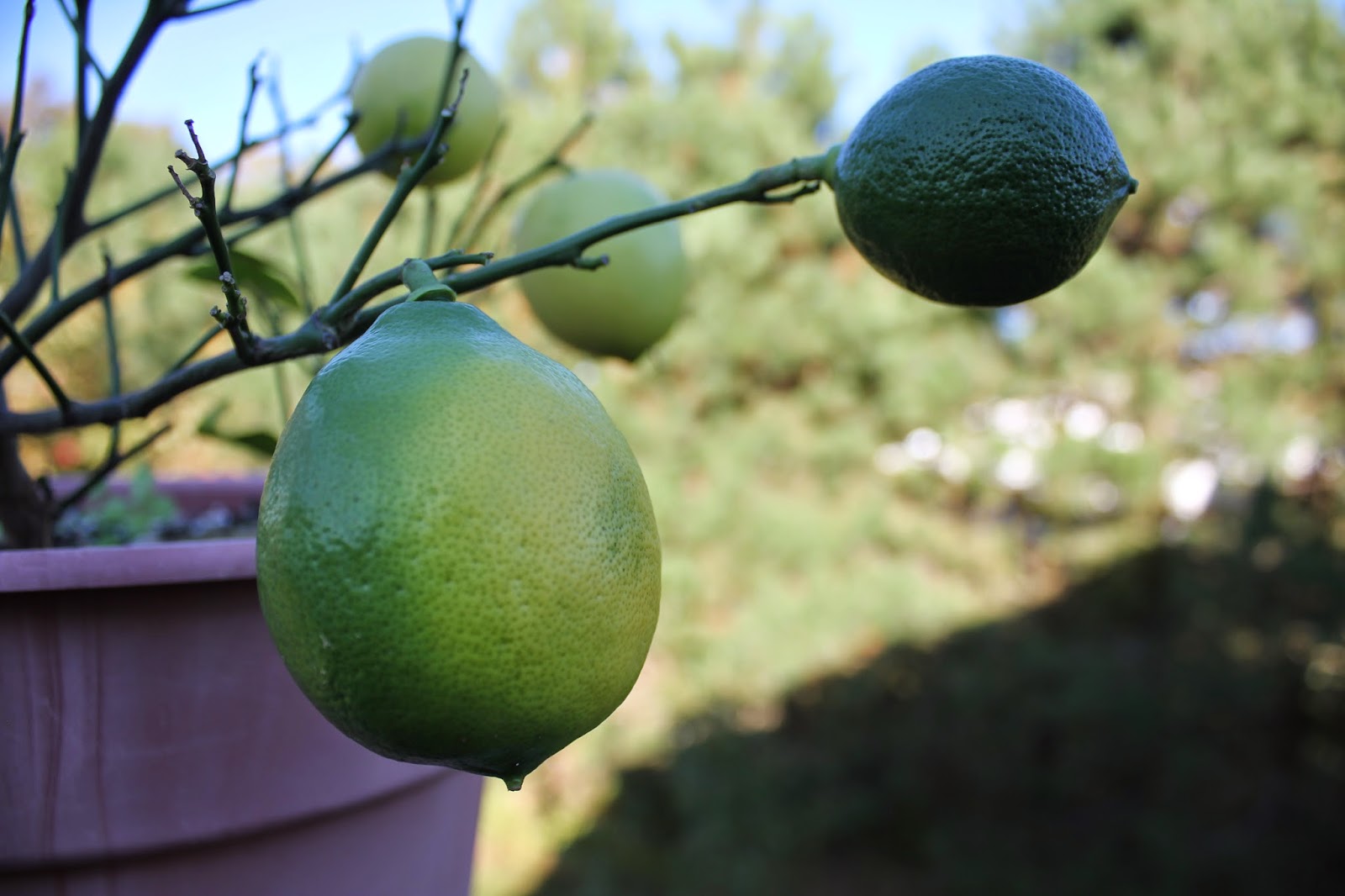 On October 18, I attended a mushroom-growing workshop put on by Gavin Hardy and Nick Thompson, two guys from Sackville New Brunswick who started a company called "Bay of Fungi" . They explained how they are growing and selling oyster and shitake mushrooms at the Sackville Farmers Market. Business is so good, they sell everything they can grow.
On October 18, I attended a mushroom-growing workshop put on by Gavin Hardy and Nick Thompson, two guys from Sackville New Brunswick who started a company called "Bay of Fungi" . They explained how they are growing and selling oyster and shitake mushrooms at the Sackville Farmers Market. Business is so good, they sell everything they can grow. Check them out here:
https://www.facebook.com/bayoffungimushrooms/timeline
I came home with a plastic bag stuffed with wet straw that had been sprinkled with blue oyster mushroom spawn. I brought it home, stabbed a few holes in the plastic, and hung it in my garage, where it shared space with my son's punching bag.
I checked it occasionally, and noticed that green shoots were sprouting from the holes. I guess that was seeds from the straw. But this morning, to my surprise, the mushrooms are sprouting.
 |
| Here is a close-up of the biggest bunch. I'm told I need to watch out, because they grow fast once they sprout. |
 |
| A small clump is growing on the other side of the bag. |

















































